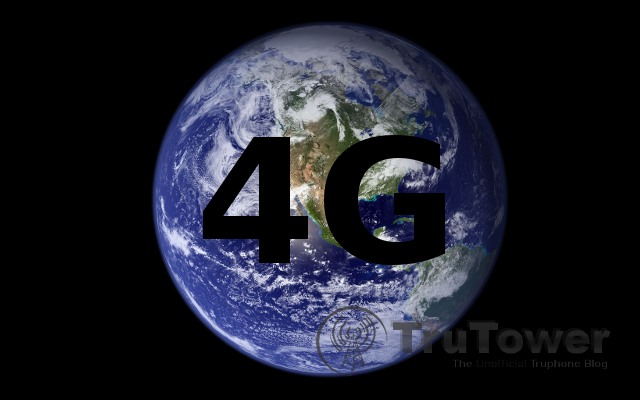Many of you submitted questions asking if and when Tru would be able to use 4G. Rather than simply post the inevitable “maybe” answer, it would be better to touch on the current state of 4G roaming to answer that question.
There’s no doubt that the widespread acceptance of 4G LTE as an international standard was supposed to unite wireless operators and networks around the globe. However, the worldwide spectrum shortage is making 4G international roaming a tough problem to solve.
It’s obviously true that Tru SIM customers (along with most customers using a mobile phone outside the United States) haven’t seen the “4G” symbol light up on their devices yet. Truth be told, they may not see 4G for some time. Being an MVNO in many countries with strained spectrum offerings and different 4G frequencies from other countries is not an easy spot to occupy right now.
Apple will be introducing 4G LTE with it’s iPhone 5 just as they did with the new iPad. Carriers in the UK will be launching 4G by year’s end. American carriers have 4G, but it has had almost complete outages, it’s very sparse, and it operates on a completely different frequency band than the bands many countries have chosen to use.
Says Neville Ray, chief technology officer for T-Mobile USA:
“The fragmentation in 4G is driven by spectrum scarcity. The International Telecommunications Union tried 15 years ago to harmonize the spectrum plan globally, but what works well for one country or region doesn’t work well in another region. So we have this patchwork approach.”
A recent report published by the GSMA’s Wireless Intelligence Service predicts that at least 38 different radio frequency combinations may be used in LTE deployments in the next few years.
In short, with 4G LTE currently being a worldwide mess, it’s not likely going to be easy to roam on these networks anytime soon. More radios must be supported in devices to allow for international roaming, or the frequencies being used must eventually be refarmed in some areas to allow compatibility in others.
Sorry Tru fans, but just remember we are not alone. Every mobile network operator, phone manufacturer and network hardware maker on the face of this planet is facing this problem. And hopefully every single one of us on the face of this planet can work together to find a solution that works for consumers, carriers, and manufacturers alike, all around the world.

